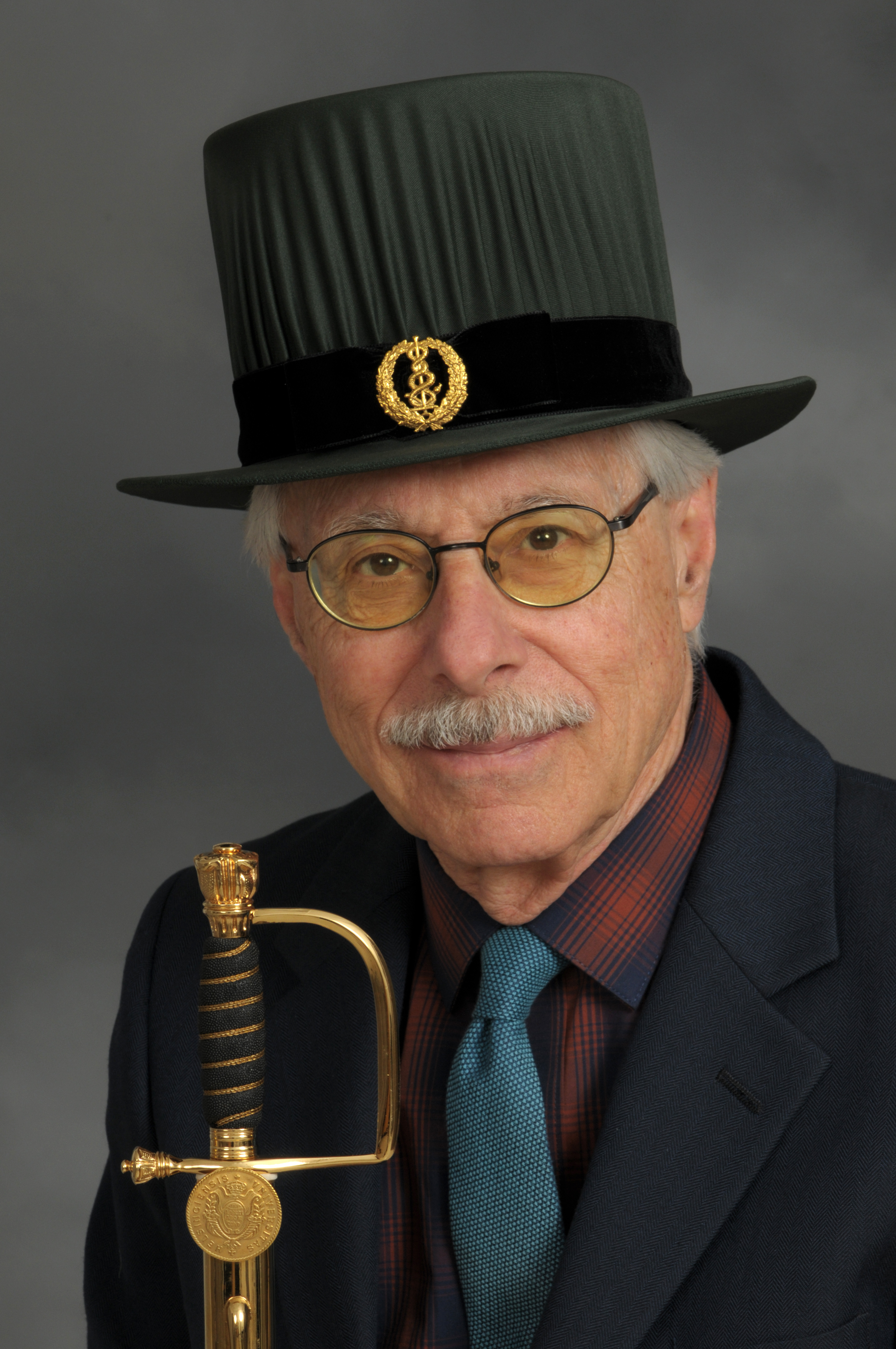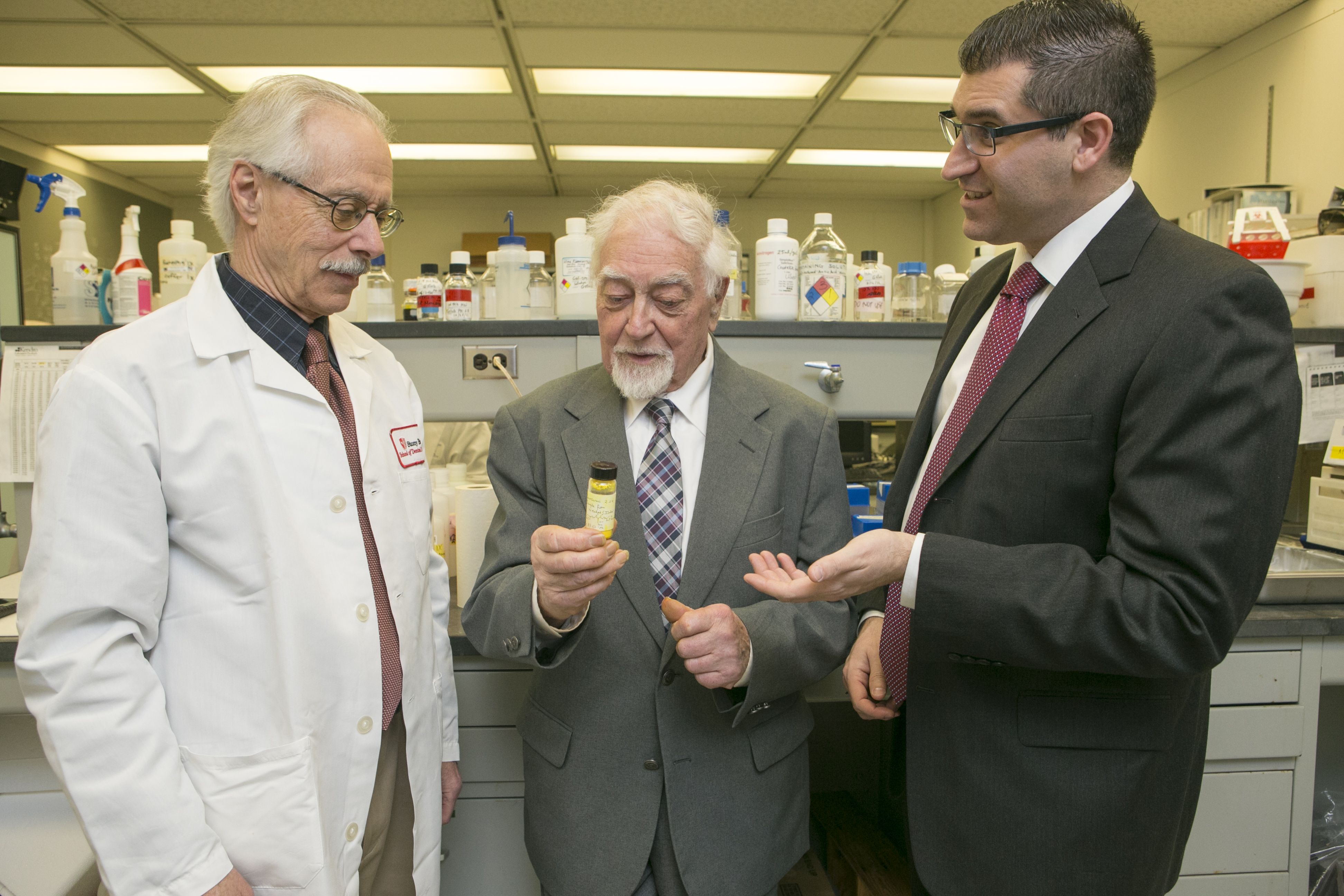Dr. Lorne Golub’s Fascinating Journey in Inventorship that Changed Lives
 Dr. Lorne Golub has been a faculty member in the School of Dental Medicine since 1973,
and currently holds the rank of SUNY Distinguished Professor. He retired recently
after 50 years of service at Stony Brook University and was then appointed Toll Professor
Emeritus.
Dr. Lorne Golub has been a faculty member in the School of Dental Medicine since 1973,
and currently holds the rank of SUNY Distinguished Professor. He retired recently
after 50 years of service at Stony Brook University and was then appointed Toll Professor
Emeritus.
Throughout his career, he received a series of grants from both the National Research Council (NRC) and the Medical Research Council (MRC) of Canada. After moving to Stony Brook University in 1973, Dr. Golub was soon awarded a series of research grants from the National Institutes of Health (NIH; the National Institute of Dental & Craniofacial Research). These funds supported his studies on alterations of collagen structure and turnover during periodontal disease, and the impact of diabetes on collagen remodeling in oral tissues, as well as in other tissues. Through these studies, he was the first to discover that diabetes increased the production of collagen-destructive/collagenolytic enzymes, called Matrix Metalloproteases (MMPs) in oral (e.g., gingiva) and extra-oral tissues (e.g., skin).
Dr. Golub then went on to discover that the tetracycline class of antibiotics had the unexpected ability to inhibit these enzymes throughout the body at sub-antibiotic doses. His studies were described in numerous articles in dental, medical, and biology journals, and, consistent with the novelty of these discoveries, he was awarded 55 U.S. and 107 international patents.
“Of course, the requirements for obtaining a patent are difficult,” said Dr. Golub. “One's discovery must be unexpected by experts in the field, and useful--- quite a challenge! But one that I found to be tremendously stimulating, involving interactions with lab-mates, University administrators, patent attorneys, pharmaceutical companies, and academics at other universities.”
A major outcome of Golub’s fascinating journey in inventorship was the development of two unique systemically administered drugs: Periostat® for the management of chronic inflammatory periodontal disease, and Oracea® for the treatment of inflammatory skin diseases, acne, and rosacea - - both FDA-approved medications.
It takes a lot of time and effort to conduct research and invent, and even more time and effort to bring the invention to the patient. The technology should stand out significantly to get licensed by the company. In the case of Dr. Golub’s research, though, it was industry that came to the inventor. A Johnson & Johnson representative approached Dr. Golub after a talk he was giving during a conference and strongly recommended delaying publication of the results until the discovery can be protected with patents. Johnson & Johnson licensed the patent for the treatment shortly after that and started the clinical trials required for FDA approval. That’s how the research led to invention and improved patient outcomes.
“I was responding to a traditional motto for advancing an academic career, "publish or perish." - says Dr. Golub. “But one of my former professors when I was a dental student at Manitoba, Dr. Israel Kleinberg, followed a path contrary to the strategies of most academics. He not only published his novel research findings, but he also obtained patents. This allowed him, in partnership with the university, to develop products, e.g., novel therapeutics, with benefits to the public, the university, his ongoing research, and himself.”
Dr. Lorne Golub with Dr. Israel Kleinberg
More recently, and in collaboration, with his esteemed colleague in the Departments of Pharmacology and Chemistry, Professor Francis Johnson, Golub has been involved in the development of additional MMP-inhibitor drugs that do not involve the tetracyclines, but are novel chemical modifications of the natural spice, curcumin. Among a series of these novel chemically modified curcumins (CMCs), one of them has shown the greatest potential for therapeutic applications. This novel compound continues to demonstrate its potential as a safe and effective therapeutic for chronic inflammatory and collagenolytic diseases such as periodontitis, diabetes, arthritis, cancer, and others.

Dr. Lorne Golub in his lab, with Dr. Francis Johnson and Joseph Scaduto (entrepreneur, founder and CEO of Traverse Biosciences)
“Research is in my blood,” said Dr. Golub in one of his interviews. “I find it amazing how very different and unexpected the treatment is and how efficient it is.” Dr. Golub’s advice to researchers who are just starting their career path in inventorship is to “be champions and to move forward no matter what.”
